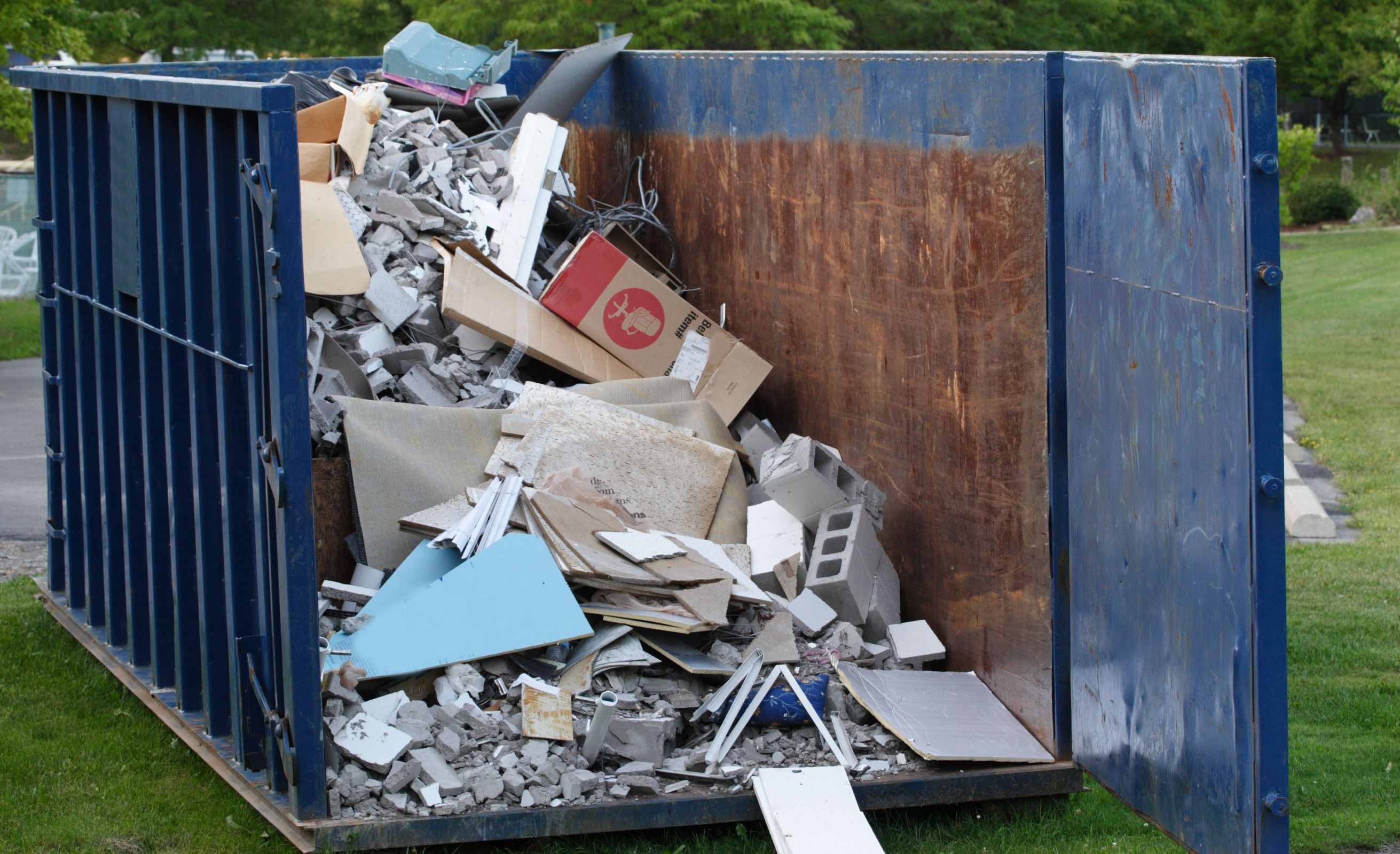Many food processing businesses on the Gulf Coast must have specially designed drain systems to trap grease and cooking waste, so it doesn’t get into septic or sewer systems. There are two basic types of filtration systems, and both are designed to trap grease. Here is more about these systems and information on the importance of grease trap disposal.
Conventional Filtration Systems
With conventional systems, a tank made of metal or plastic is placed in the drain system. The trap can be inside the place of business for easy access. However, most conventional traps are not large, but they are conveniently located, so grease trap disposal and cleaning is fast and simple. However, for large food processing operations, these kinds of traps are not efficient because they’ll need frequent cleaning. Instead, businesses that do a lot of cooking use grease interceptors.
Interceptor Systems
Interceptors work like septic tanks and are buried in the ground. They are made from concrete, but fiberglass and other materials are also acceptable. Interceptor tanks can hold 2000 gallons of waste, and waste water enters the tank and FOG (fat, oil, and grease) floats and stays in the top of the tank. A drain pipe extended far into the tank, lets only water leave the system.
Problems with Trapping Grease
Grease filters are not designed to remove all the FOG that passes through commercial kitchen drains. When wastewater flows rapidly, traps don’t have the time to filter out everything (like when automatic dishwashers are running). But they normally trap about 85 percent of the FOG.
The Importance of Regular Cleaning
The fuller your trap gets, the more FOG it lets into the drain system. In fact, most municipalities require traps to be cleaned when they are 25 percent full. Your grease trap disposal service provides regular visits and professional advice on taking care of your drain system.



